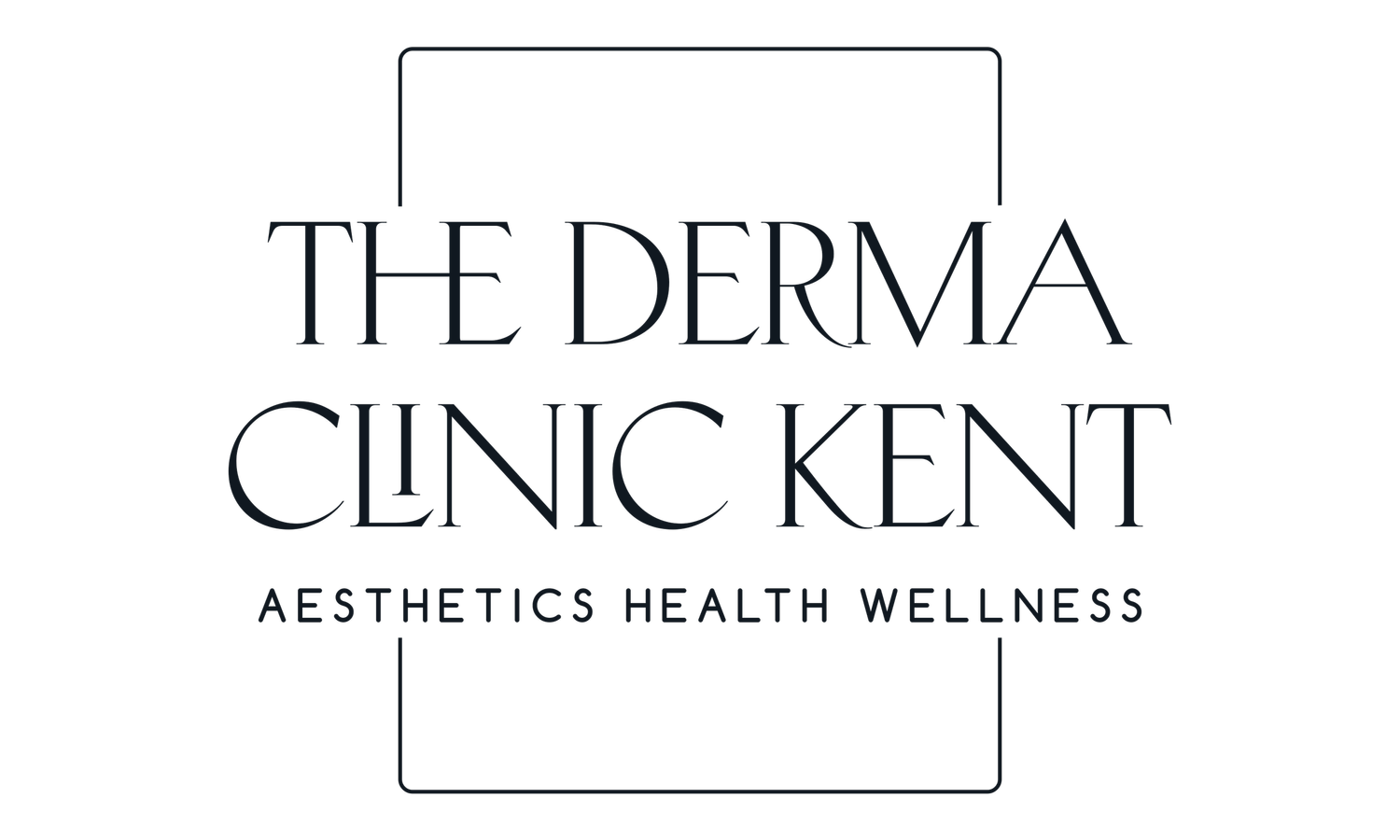Understanding Botox: How It Works and Its Versatile Treatment Areas
Botox, short for Botulinum toxin, has become a household name in the realm of cosmetic enhancements. Renowned for its ability to smooth out wrinkles and fine lines, Botox offers a non-invasive solution for those seeking a rejuvenated appearance. But how does it work, and what areas can it treat?
Botox operates by temporarily paralysing muscles in specific areas, thereby reducing the appearance of wrinkles caused by muscle movement. It works by blocking signals from the nerves to the muscles, preventing them from contracting. As a result, the skin appears smoother and less wrinkled.
The treatment process typically involves a series of injections administered by a trained healthcare professional. While the procedure itself is relatively quick, results may take a few days to become noticeable, with full effects appearing within one to two weeks. The effects usually last for three to four months, after which the treatment can be repeated to maintain the desired look.
As for the areas that can be treated with Botox, the options are quite diverse:
1. Forehead Lines: Botox effectively smoothens horizontal lines and furrows across the forehead, helping to create a more youthful appearance.
2. Frown Lines: Also known as glabellar lines, these vertical lines between the eyebrows can be significantly diminished with Botox injections.
3. Crow's Feet: These fine lines around the eyes, often associated with smiling or squinting, respond well to Botox treatment, resulting in a more refreshed look.
4. Bunny Lines: These wrinkles appear on the sides of the nose and can be softened with Botox injections, enhancing overall facial harmony.
5. Jawline Contouring: Botox can be strategically injected into the jaw muscles to reduce their size and create a more defined jawline.
6. Neck Bands: Vertical lines and bands on the neck can be smoothed out with Botox injections, improving the neck's appearance.
7. Excessive Sweating: Botox can also be used to treat hyperhidrosis (excessive sweating) by blocking the nerves that stimulate sweat glands.
It's important to note that while Botox is widely used for cosmetic purposes, it also has medical applications, such as treating migraines, muscle spasms, and certain medical conditions.
Before considering Botox treatment, individuals should consult with a qualified healthcare professional to determine whether it's the right option for them. With its proven track record and versatile applications, Botox continues to be a popular choice for those seeking to enhance their appearance and boost their confidence.
